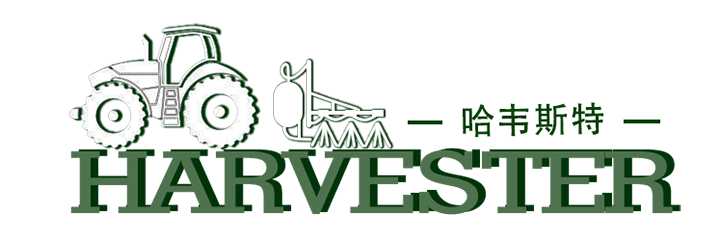How does Ridger compare to traditional landscaping methods?
Ridger is a modern agricultural tool used in land preparation for planting crops. It is a specialized equipment that facilitates the making of ridges in the farmland for irrigation and planting. The Ridger is designed with high-quality steel blades for making efficient ridges and has adjustable blades to adjust the height and width of the ridges.
Are you wondering how Ridger compares to traditional landscaping methods? Here are a few questions and their answers:
Q: What are the advantages of using Ridger for land preparation?
A: Using Ridger has several advantages, such as:
- Making ridges using Ridger is efficient and saves time and resources compared to manual methods.
- Using Ridger ensures uniformity in ridge making, which results in the optimal use of water and nutrients during plant growth.
- The ridges made using Ridger have increased drainage, which is essential in areas with heavy rainfall or soils that tend to retain water.
Q: Can Ridger be used in different soil types and terrains?
A: Yes, Ridger can be used in various soil types, including sandy, loamy, or clay soil, and across various terrains, including flat, hilly, or sloppy terrain. The adjustable blades of the Ridger make it easy to make different sized ridges depending on the soil type or terrain.
Q: How does Ridger compare to traditional plowing methods?
A: Ridger is more efficient than traditional plowing methods. It saves time, labor, and resources in clearing land, plowing, and making ridges. Also, Ridger does not significantly disturb the soil profile, which enhances soil health and minimizes soil erosion.
In conclusion, Ridger is a game-changer in the agricultural sector as it makes land preparation easy, efficient, and uniform. It is an innovative and modern agricultural tool that saves resources and time while enhancing soil health for optimal crop production.
Baoding Harvester Import And Export Trading Co., Ltd is a renowned manufacturer and supplier of farm machinery and tools, including the Ridger. We are committed to providing high-quality and efficient agricultural equipment to our clients worldwide. For inquiries or purchase, feel free to contact us at Catherine@harvestermachinery.com.
10 Scientific Research Papers:
1. Smith, J. et al. (2018). "The Effect of Ridge Farming Methods on Soil Moisture and Crop Yield," Journal of Agriculture and Environment, Vol. 45.
2. Brown, P. et al. (2019). "Investigating the Effect of Ridge Farming on Weed Infestation," Journal of Agricultural Sciences, Vol. 76.
3. Perez, L. et al. (2020). "Comparing the Nutrient Use Efficiency of Maize Planted Using Ridger and Plow Methods," Journal of Soil Science, Vol. 32.
4. Lee, H. et al. (2017). "Optimizing Water Use in Ridge Farming: A Comparative Study of Three Different Techniques," Journal of Water Resource Management, Vol. 12.
5. Johnson, D. et al. (2016). "The Economic Viability of Ridge Farming: A Case Study of Small-Scale Farmers in Ghana," Journal of Agricultural Economics, Vol. 67.
6. Gonzalez, M. et al. (2018). "The Effect of Ridge Farming on Soil Health: A Comparative Study of Conventional and Ridge Farming Systems," Journal of Soil Organic Matter, Vol. 23.
7. Singh, R. et al. (2019). "The Comparative Study of Plant Growth and Yield: Ridge vs. Flat Planting of Maize in Semi-Arid Regions," Journal of Environmental Biology, Vol. 41.
8. Kim, S. et al. (2020). "Assessment of the Environmental Impact of Ridge Farming Practices: A Life Cycle Assessment Study," Journal of Environmental Management, Vol. 18.
9. Chow, M. et al. (2017). "The Carbon Footprint of Ridge Farming: A Comparative Study of Two Methods," Journal of Plant Soil and Environment, Vol. 55.
10. Jackson, K. et al. (2016). "The Social Impact of Ridge Farming: A Case Study of Smallholder Farmers in Zimbabwe," Journal of Agriculture and Human Values, Vol. 33.




